Juvenile idiopathic arthritis (JIA) outcomes vary greatly across the world, possibly due to genetic factors, referral biases, and differential access to treatment.
Experts discussed global variations in JIA disease presentation, treatments, and outcomes during How You Do Depends on Where You Live: JIA Outcomes Across the World on Monday, Nov. 18. The session will be available on-demand to all registered ACR Convergence 2024 participants through Oct. 10, 2025, by logging into the meeting website.
JIA in Europe

Alessandro Consolaro, MD, PhD, Associate Professor of Pediatrics at the University of Genova, Italy, discussed variations across Europe, highlighting the results of the Epidemiology, Treatment, and Outcome of Childhood Arthritis (EPOCA) study of approximately 9,100 patients.
“With the EPOCA study, we confirmed the important differences in the frequencies of the different JIA subtypes across the world and across Europe in particular,” Dr. Consolaro said. “In Mediterranean Europe, we see a lot of patients with oligo-JIA. Central Europe and Eastern Europe have very similar features, and Northern Europe also has a prevalence of oligoarthritis, but polyarthritis rheumatoid factor (RF)-negative JIA has a similar proportion.”
This registry identified an important difference in the median age of disease onset across Europe. In Mediterranean Europe, it was 3.5 years, and in Eastern Europe, it was 6.6 years. A subanalysis of the EPOCA study found a high frequency of uveitis in patients with polyarthritis in Northern and Southern Europe.
In terms of treatment differences, studies indicate variable use of biologics in European countries, most likely due to different rules governing access to biologics. After 18 years of follow-up in the Nordic Cohort study of JIA, 50% of patients experienced remission while either on or off treatment.
The Portuguese registry found a trend toward earlier initiation of biological treatment and improved outcomes.
JIA in the Developing World

Angela Migowa, MBChB, MMed, Assistant Professor and Pediatric Rheumatologist at Aga Khan University, Kenya, and Founding President of the Paediatric Society of the African League Against Rheumatism (PAFLAR), discussed JIA variations across developing countries in the context of the PAFLAR JIA registry.
“This is the first-ever Pan-African JIA registry, and we are confident it’s going to be the foundation to help other registries,” Dr. Migowa said. “It does help create a platform to evaluate the effectiveness so that now we are following these children prospectively to see what their outcomes are.”
The median age of diagnosis was 14 years, and the median time to diagnosis was six months.
Oligoarticular JIA was the most predominant form of JIA in Africa. However, a higher proportion of systemic JIA and polyarticular JIA was found in Sub-Saharan Africa. A lower frequency of uveitis was found in this cohort than previously reported. The PAFLAR registry found that antinuclear antibody (ANA) serology testing was not performed on many of the patients, making it difficult to monitor them.
The registry looked at the spectrum of therapies that were provided to these children at diagnosis. Nonsteroidal anti-inflammatory drugs were the most common, followed by steroids. At diagnosis, biologics were prescribed in only about 2% of patients.
Due to the under-representation of certain regions in Africa, Dr. Migowa said a critical next step would be empowering the healthcare workforce in these regions to identify and treat patients with JIA.
JIA in North America

Daniel Horton, MD, MS, Associate Professor of Pediatrics and Epidemiology at Rutgers University, discussed JIA variations across North America.
With regard to presentation, Canadian patients were more likely to have oligo-JIA and less likely to have polyarticular and systemic JIA than patients in the Childhood Arthritis and Rheumatology Alliance (CARRA) registry. Studies have found that under-resourced groups may be more likely to have severe phenotypes of JIA.
In terms of treatment, the use of disease-modifying antirheumatic drugs (DMARDs) has increased in Canada, with broader use of synthetic versus biologic DMARDs. In the United States, targeted synthetic DMARDs are increasingly used instead of conventional synthetic DMARDs.
Disease-related outcomes vary across JIA subtypes in North America. Patients with RF-positive polyarticular JIA and disadvantaged groups have worse outcomes, Dr. Horton reported.
“While there have been improvements in disease activity across the population with JIA, those improvements have not been equitably achieved across populations, and more work is needed to address disparities in care and issues of quality of life and other outcomes that patients and families care about besides disease activity,” he said.

Registered ACR Convergence 2024 Participants:
Watch the Replay
Select ACR Convergence 2024 scientific sessions are available to registered participants for on-demand viewing through October 10, 2025. Log in to the meeting website to continue your ACR Convergence experience.
